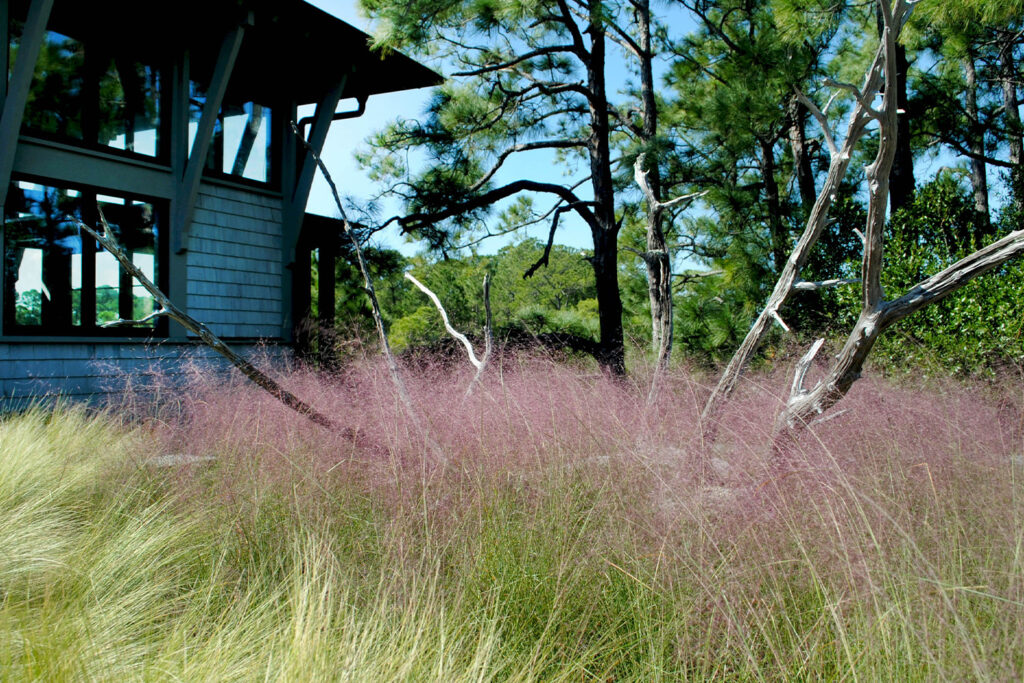Strolling through Toronto in the summer, it’s common to see emerald and olive-green foliage and wisps of prairie grasses peeking out from the tops of condo towers and university buildings. But back in 1997, when Steven Peck first encountered the idea of a green roof at a conference, it was a revelation. After hearing about them from Dr. Brad Bass of Environment and Climate Change Canada, Peck would go on to make green roofs his life’s work. And increasingly, industry, government, and city residents are sharing his enthusiasm for the subject.
“Traditionally plants in cities, it’s all been about aesthetics,” said Peck, founder and president of Green Roofs for Healthy Cities, the North American green roof and wall industry association. “The thing that’s starting to change is that we’re moving beyond aesthetic as a primary benefit and more of landscape as providing important ecosystem services, cooling our cities, providing biodiversity etc. Green roofs are just part of that whole shift that’s taking place.”

Kiawah: Photo courtesy of Living Roofs Inc.
A green or living roof by definition is a roof that allows for vegetation growth. It is usually composed of several layers comprising of a waterproof membrane, a root barrier, a drainage layer, irrigation and a growing medium from which spouts plants. While the roofs have been widely used for decades in many European countries such as Germany, Austria, and Switzerland, they have only come to the forefront of North American city planning over the last 15 years.
Toronto became the first city in North America to pass a green roof bylaw in 2009. New buildings or additions in the city that are greater than 2,000 m² must have between 20 and 60 percent of their roof space covered in vegetation, depending on the project scale. Since then, many other cities globally have followed suit. Developers can pay a fee to avoid the policy—money which then goes into a fund to help finance green roof construction for existing buildings. Advocates for the roofs say that they can mitigate air pollution, reduce greenhouse gas emissions, and lessen a building’s demand for air-conditioning by up to 75 percent.

Kiawah: Photo courtesy of Living Roofs Inc.
But not everyone is convinced that green roofs are always a good idea. “The real question is what is it trying to accomplish?” asks energy and sustainability consultant Ian Sinclair. “Is it trying to accomplish a technical outcome or a societal outcome? They are two very different things.” Sinclair asserts that for many North American cities, the driving force behind green roofs is storm water absorption and reducing the heat cities build up through their concentration of asphalt and concrete. He argues highly reflective roofs and stormwater capture systems work just as effectively as green roofs but with less maintenance.
Dusty Gedge agrees that much of the early interest in green roofs had to do with water management but feels that cities now need a wider strategy for addressing climate change. Based in the UK, Gedge is a consultant on green roofs and green infrastructure and the former president of the European Federation of Green Roof Associations. Much of his work looks at the biodiversity that can be achieved through green roofs. “The direction of travel is green roofs on buildings,” said Gedge. “We’ve got to adapt to climate change.”
Gedge’s company Gentian is currently working on a project with the Green Roof Infrastructure Network of BC to map Vancouver’s existing and potential green roof sites, as well as other green spaces such as parks in order to identify climate vulnerabilities. Green roofs shouldn’t be considered for only one cause, Gedge says, but rather as part of a holistic investment with many potential benefits. “Delivering on [green roofs] for biodiversity means you’re also addressing all the other environmental benefits in a more productive way.”

